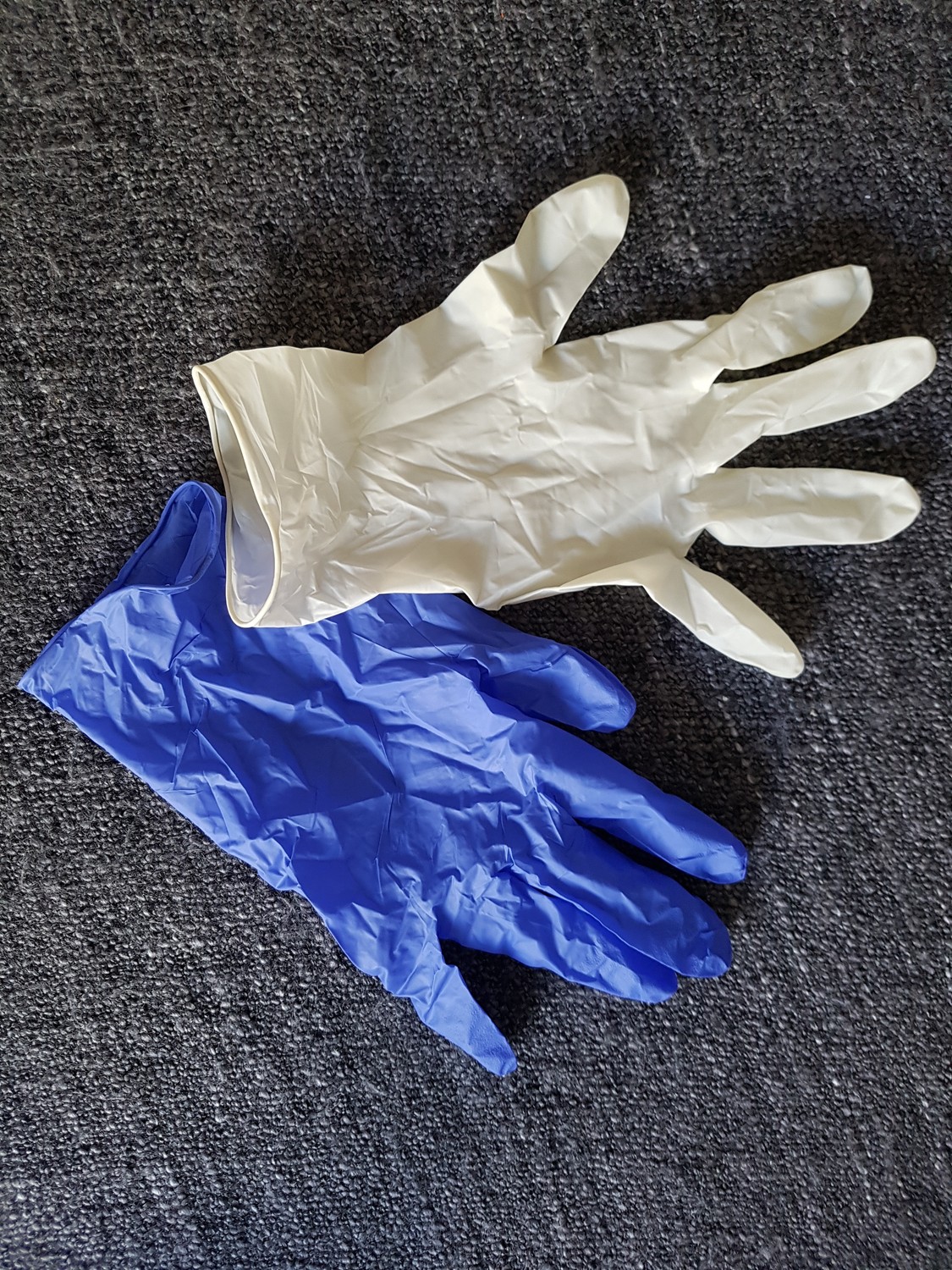
5 min read
Jun 3, 2025
Strategic follow-up automation accelerates decision-making while building stronger relationships that drive admissions and referrals.

VP of Product
The Critical Importance of Follow-Up Timing
Family follow-up timing directly impacts occupancy rates in senior living and healthcare facilities, with research showing that families who receive contact within 24 hours of initial inquiry are 60% more likely to schedule tours and 45% more likely to complete admissions. However, many facilities struggle with consistent follow-up due to competing priorities, staff availability, and manual processes that create delays.
The emotional urgency behind most healthcare inquiries means that families are actively evaluating multiple options simultaneously, and the first facility to provide meaningful follow-up often gains significant advantage in the decision-making process. Delayed follow-up communicates disinterest or disorganization, prompting families to focus attention on more responsive competitors.
Automated Follow-Up Sequences
Intelligent follow-up automation ensures consistent, timely contact with every family inquiry through personalized communication sequences that adapt based on family responses and engagement levels. These systems can automatically send welcome messages, schedule follow-up calls, provide relevant facility information, and track family engagement throughout the decision process.
Alita's senior living solution provides sophisticated follow-up automation that maintains family engagement while freeing staff to focus on high-value relationship building and closing activities.
Personalized Information Delivery
Effective follow-up goes beyond generic messaging to provide personalized information based on family needs, preferences, and stage in the decision process. Families researching memory care receive different content than those seeking independent living, and families in crisis situations need more immediate support than those planning ahead.
Dynamic content delivery ensures that each family receives relevant information about services, amenities, care approaches, and testimonials that address their specific concerns and interests, building confidence and addressing objections proactively.
Try Alita Free for 30 days.
Chat with one of our specialists to get set up.
Multi-Channel Communication Strategy
Modern families prefer different communication methods, and effective follow-up uses multiple channels including email, text messaging, phone calls, and mobile app notifications to reach families through their preferred methods. The system can adapt to family preferences and response patterns, using the most effective channels for each individual situation.
Alita's hub platform centralizes multi-channel communication while maintaining conversation continuity across different touchpoints, ensuring that families receive consistent messaging regardless of communication method.
Proactive Concern Resolution
Intelligent follow-up systems can identify common concerns and objections through conversation analysis and proactively address these issues before they become barriers to admission. Whether families worry about cost, care quality, or adjustment challenges, the system provides relevant resources and information that build confidence.
This proactive approach demonstrates understanding of family concerns while positioning the facility as a trusted advisor who anticipates and addresses needs before they're explicitly expressed.
Integration with Sales Processes
Automated follow-up integrates seamlessly with existing sales and admissions processes, providing staff with complete interaction histories, engagement analytics, and priority scoring that helps them focus time on the most promising opportunities. The system can also automatically schedule tours, send pre-visit information, and coordinate follow-up activities.
This integration ensures that automation enhances rather than replaces human relationship building, providing staff with better information and more engaged families when personal interaction occurs.
Measuring Follow-Up Effectiveness
Senior living facilities should track follow-up metrics including response time to initial inquiries, family engagement rates, tour conversion percentages, and admission rates by follow-up speed to understand the impact of improved follow-up on occupancy outcomes.
Facilities implementing systematic follow-up automation typically see 30-50% improvements in conversion rates, shorter sales cycles, and higher family satisfaction scores throughout the admissions process.
Summary
Improving occupancy rates through faster family follow-up requires automated systems that maintain engagement within 24 hours of initial contact through personalized, multi-channel communication. This approach can increase admissions by 50% while building stronger relationships that drive referrals. Successful implementation combines intelligent automation with human relationship building to optimize both conversion rates and family satisfaction throughout the decision process.
More from Alita
See all blog posts
4 min read
Dec 19, 2025
Accelerate Patient Admissions With Virtual Care Coordinators in Skilled Nursing
5 min read
Dec 19, 2025
How Does AI in Healthcare Hiring Address Critical Caregiver Shortages?
6 min read
Dec 10, 2025
Can Senior Living Admissions Benefit From Instant Patient Lead Response?
4 min read
Nov 19, 2025
Stop Wasting Time on Unqualified Applicants: How Auto-Screening Protects Your Recruiters’ Time
4 min read
Nov 18, 2025
Alita Welcomes Longevity Market Pioneer Mary Furlong to Advisory Board
4 min read
Nov 18, 2025






